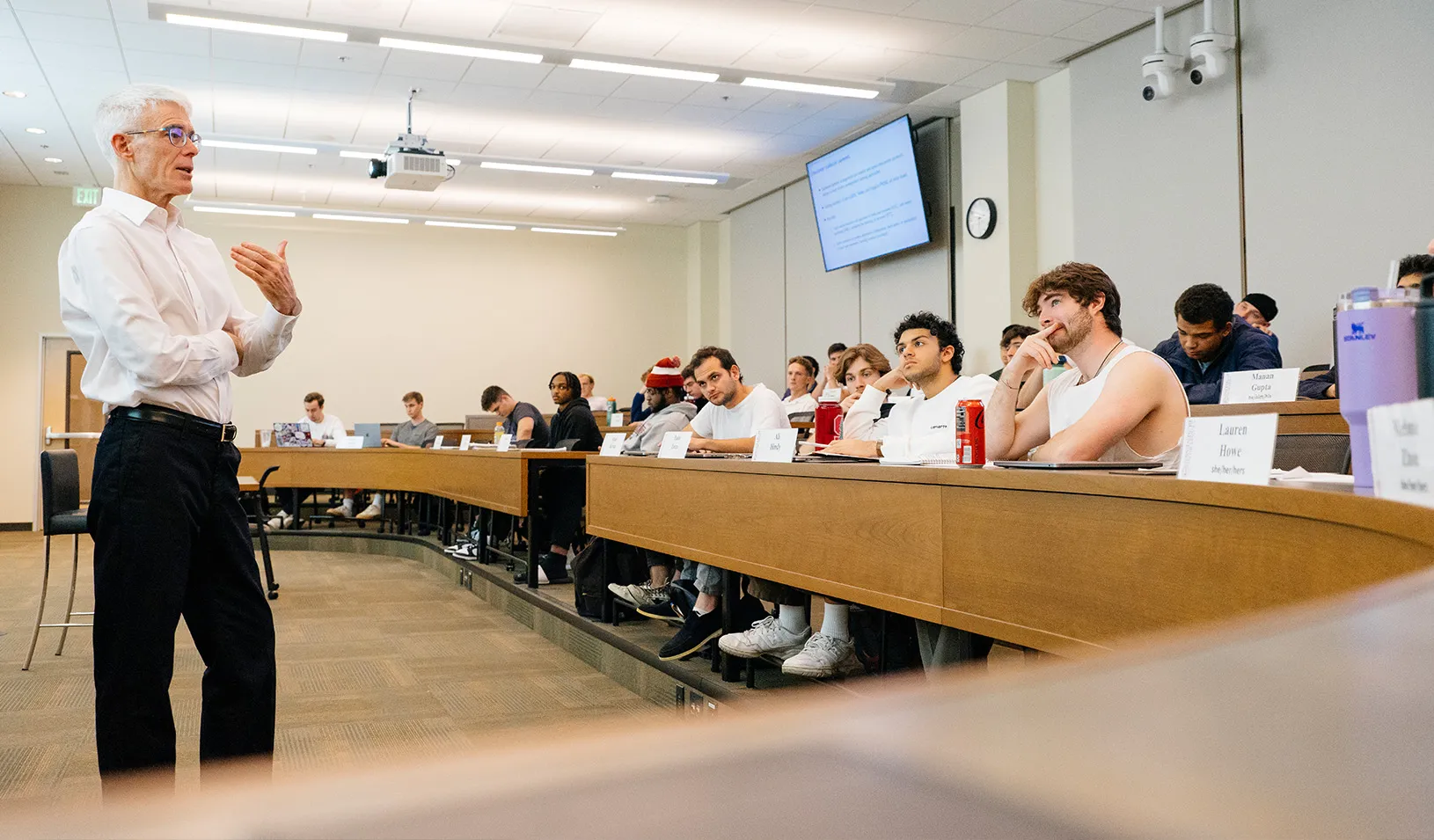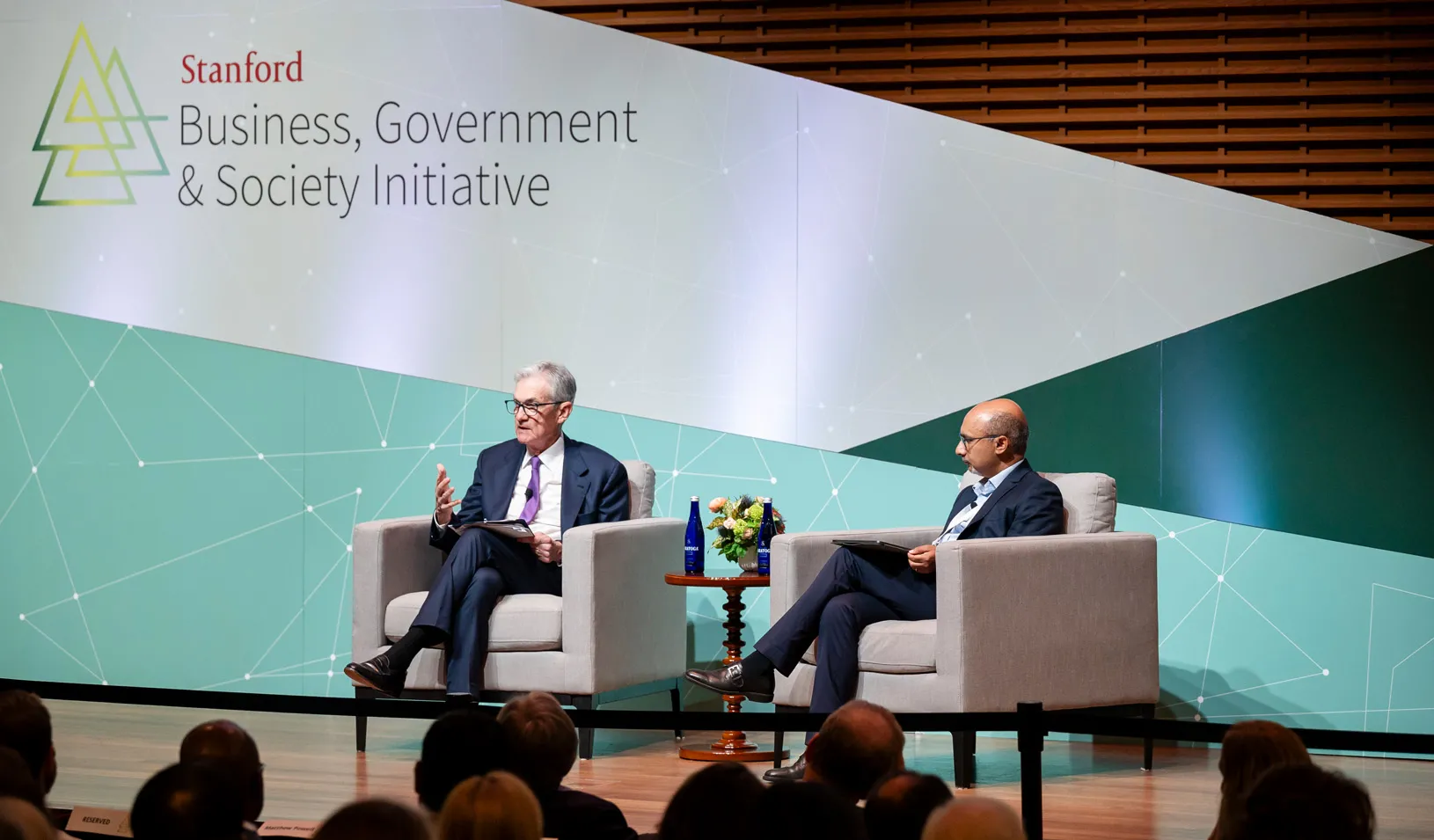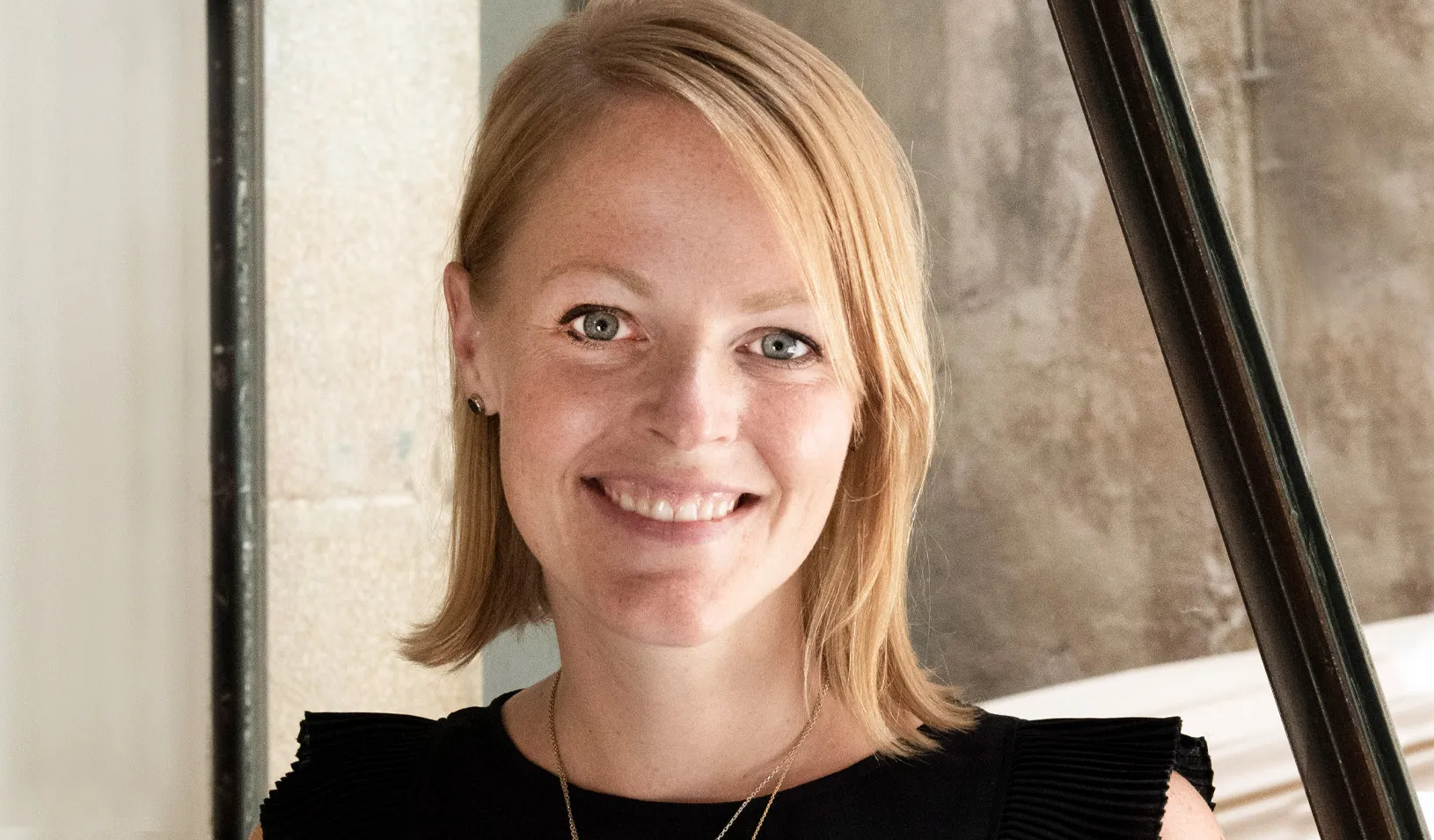Classroom Experiment Toys with Virtual World
A five-day MBA course on putting together a business plan took place in an online environment as part of a distance-learning experiment.
September 01, 2010
A group of Stanford MBA students briefly left the brick and mortar of traditional classrooms this fall for a virtual-world setting, one where they could communicate through multiple channels or fly. Yes, fly. During the one-week course, students met online in a virtual classroom — using computer-generated avatars as facsimiles of themselves — to hammer out a business plan and present it to a group of entrepreneurs and venture capitalists.
“We chose a challenging target to see what it’s like,” said Haim Mendelson, the Kleiner Perkins Caufield & Byers Professor of Electronic Business and Commerce and Management, who noted that a business plan requires intensive human interaction, often a drawback of traditional distance-learning methods. To meet that challenge, Mendelson and lecturer Steve Ciesinski turned to Second Life, an online environment for meeting people and sharing knowledge that simulates real-world people, markets, places, and issues.
Students used personal computers to participate in lectures, make presentations and work with their team members. A virtual classroom accommodated the students who were divided into two teams that worked on customizable sneakers or the selling of electric bicycles in the United States. The avatars ranged from ones resembling typical grad students to those with wings.
In addition to flying, a feature reserved until the final day of the virtual-world class, the students were able to communicate using many channels. “Traditionally students raise their hand, make a comment, and discussion ensues,” Mendelson said. “Using Second Life, students could communicate in parallel, whether that involved their actual voice or chats that were one-on-one, within their project team, with the instructor, with whomever was in their neighborhood, or all those scenarios simultaneously.” The two teams presented their business plans, in the flesh, to venture capitalists as well as the entrepreneurs who had come up with the original concepts for the shoes and bicycles.
The net effect isn’t yet clear to Mendelson, who believes the forum increased productivity in some areas and reduced it in others. He’s now polling all students for their reactions. Some welcomed the technology and others said the learning curve for Second Life was steep.
“Looking forward, you could do things in this environment that would be impossible in a traditional classroom,” Mendelson said. Take the business plan for the customizable sneakers. The product could be designed and “manufactured” in Second Life and then distributed and sold through the virtual world’s existing stores, letting the online market test the demand at different price points. “There’s a lot we can learn from the buying behavior of people in Second Life, especially for products that capitalize on self-expression,” he said. “Although there are differences between the real world and the virtual world.”
“For now it’s too early to tell what Stanford GSB will do with this approach,” Mendelson said. “But we are already experimenting with a variety of distance-learning technologies.”
By Arthur Patterson
For media inquiries, visit the Newsroom.
Explore More
Back to Class: Pathfinder

Business, Government, and Society Forum Looks at New Demands on Leadership

Erin Nixon Joins Stanford GSB as Assistant Dean of Admissions
